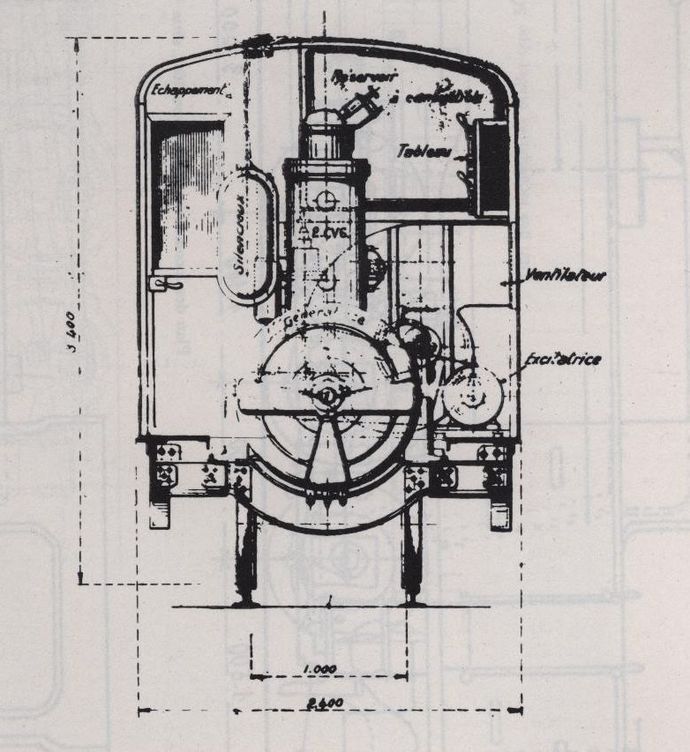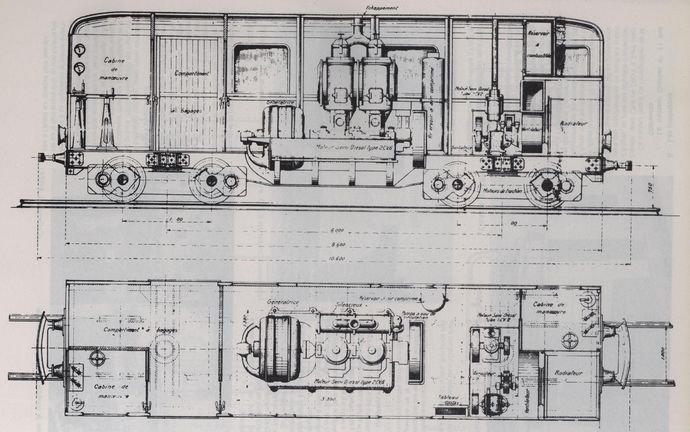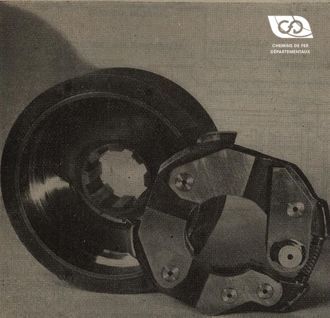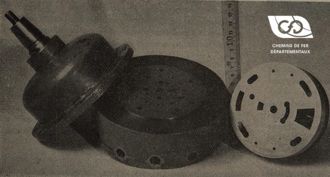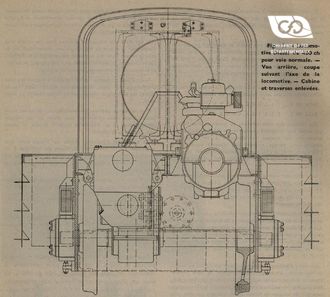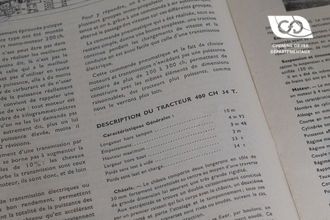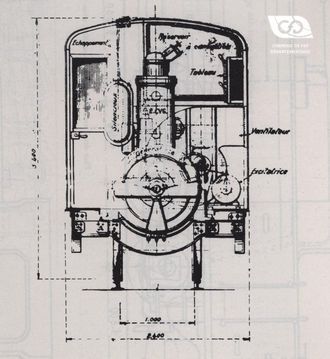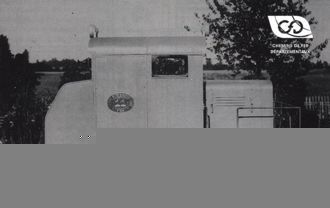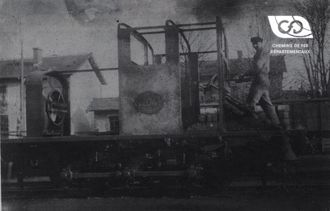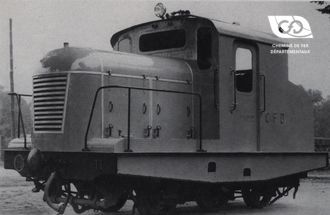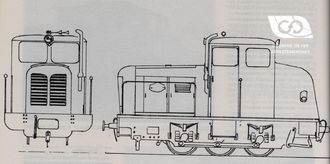Introduction of the first achievements
Because of the high expenses of maintenance of the locomotives and the important costs inherent in the use of steam traction (excessive cost of coal), the Company had the tests of transformation of the locomotives into Diesel tractors carried out in its various workshops. The pioneers in this field were those of the Charentes and Saône-et-Loire networks, who made the first machines, followed some time later by the Neuillé-Pont-Pierre network.
The technique consisted of removing the boiler and mechanism from the locomotive. However, the wheel sets and connecting rods were retained. After overhauling and possibly shortening the underframe, a drive axle was wedged to the centre axle and controlled by an inverter and gearbox connected to the engine, located under the front hood. A centre cab and a rear hood protecting the auxiliaries and the fuel tank completed the new machine. This arrangement was practically generalized on the whole fleet resulting from the transformations of steam locomotives. However, two units were built by Private Industry, the first by Thomson-Houston, at the instigation of the State, the second by Petolat, for the C.F.D.'s own needs.





